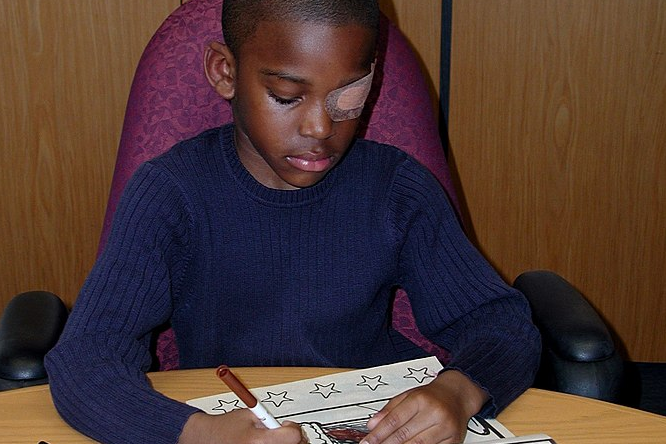Benchmark for amblyopia treatment
A retrospective study of 877 amblyopic children confirms the accuracy of the Paediatric Eye Disease Investigators Group (PEDIG) guidelines for treatment of amblyopia in a ‘real-world’ clinical setting.
Reviews of 877 patients’ records confirmed that six hours of occlusion were as effective as full-time occlusion in treating severe amblyopia. The study also showed two hours occlusion were as effective as six in treating moderate amblyopia, albeit after a longer duration of treatment, said researchers.
A total of 40% of children with severely amblyopic eyes (288) achieved best-corrected visual acuity better than 0.4 logMAR at 32 weeks, increasing to 55% at 48 weeks, while 71% of the children with moderately amblyopic eyes (589) achieved best-corrected visual acuity better than 0.3 logMAR at 32 weeks. The mean number of lines of visual improvement was 4.2 for severely amblyopic eyes and 2.1 for moderately amblyopic.
In the single-centre study, severe amblyopia was defined any case with logMAR visual acuity of 0.7 to 1.3 in the affected eye, with moderate amblyopia defined as acuity of 0.3 to 0.6. Patients aged seven or above, with meridional and deprivation amblyopia, with visual acuity better than 0.3 or worse than 1.3 in the worse seeing eye, or who had been treated with atropine, were excluded.



























